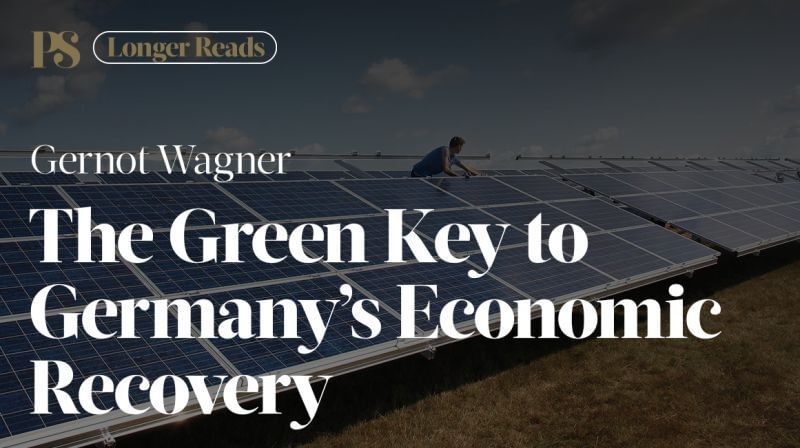Can geoengineering slow climate change? We need research to find out.
Geoengineering research flights are a good federal investment

Attempting to shield Earth from the sun’s rays in what’s often described as a last-ditch effort to cool average global temperatures is controversial for good reason. It might work and do a lot of good, but there are ample risks. Most importantly, it is no replacement for cutting greenhouse gases. Researchers who study the approach most closely are the first to say just that. Using solar geoengineering as the latest excuse not to slash carbon and other pollution would be a mistake. But research we must.
That’s why it is notable to see first-of-their-kind federal research flights take off from Houston into the stratosphere this week. They’ll only collect baseline data, but that is in part “to inform policy decisions related to … potential of injection of material into the stratosphere to combat global warming.” This is a significant step forward in government-sponsored solar geoengineering science. The emphasis here is on “research.”
It is the opposite to prematurely deploying the technology. That’s what happened in April 2022 when an enterprising and deliberately provocative entrepreneur launched at least two balloons in the Mexican state of Baja California that may have released reflective sulfur particles in the stratosphere, a fact only revealed late last year. Its founder told James Temple of MIT Technology Review: “We joke slash not joke that this is partly a company and partly a cult.” Solar geoengineering research needs neither.
Continue reading at The Washington Post.


